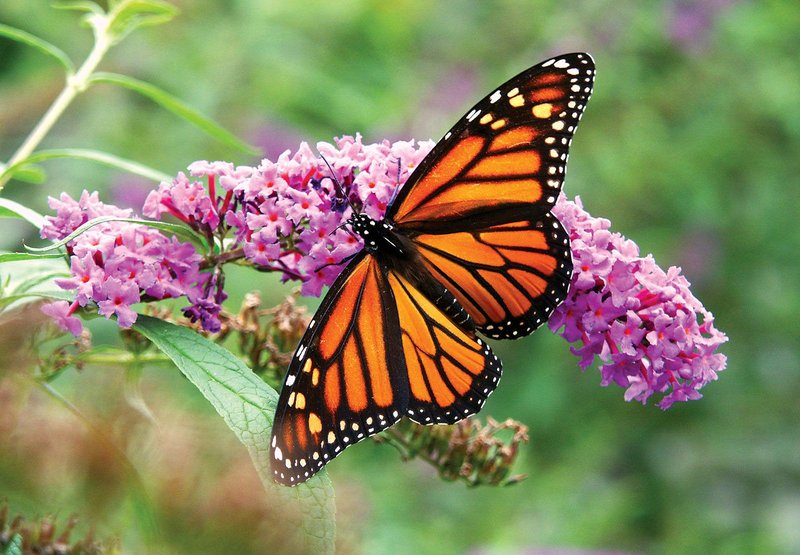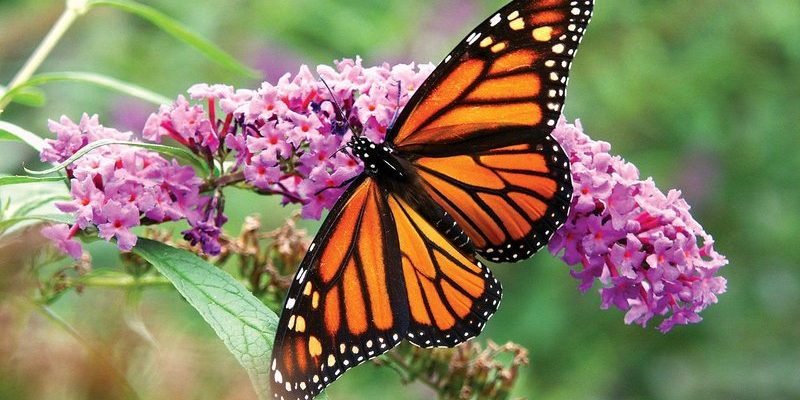
Monarch butterflies aren’t just pretty faces; they’re hard workers too. They take on crucial jobs that help maintain healthy gardens and landscapes. By the end of this conversation, you’ll see how these delicate insects contribute beyond just their breathtaking colors. So grab a cup of coffee, and let’s dive into the world of monarch butterflies and all the important work they do.
What is Pollination?
Let’s start with the basics. Pollination is a fundamental process that allows plants to reproduce. Think of it like a romantic dance between flowers and the creatures that help them out. When a butterfly lands on a flower to drink nectar, it unintentionally picks up pollen on its wings. As it flits from bloom to bloom, it transfers this pollen, allowing plants to create seeds and fruit.
You might be wondering why this matters. Pollination is essential for many of the foods we eat. In fact, around 75% of the world’s flowering plants and 35% of our food crops depend on pollinators like monarch butterflies. So, every time you enjoy an apple or a juicy orange, you can thank these little guys for making it possible!
The Role of Monarch Butterflies in Pollination
Monarch butterflies play a unique role in pollination. With their long, slender bodies and vibrant wings, they are perfectly adapted to access the nectar of specific flowers. They tend to visit a variety of plants, which is excellent for biodiversity.
What’s really fascinating is how they are attracted to certain flowers. Monarchs are particularly drawn to milkweed plants, which are crucial for their lifecycle. Female monarchs lay eggs on milkweed because it’s the only food source for their caterpillars. This means that by visiting milkweed, they not only help pollinate it but also ensure a healthy generation of new butterflies. How cool is that?
Supporting Biodiversity
Besides pollination, monarch butterflies help support biodiversity in ecosystems. When they move from one flower to another, they aid in the genetic diversity of plants. This genetic health strengthens the plants, making them more resilient to diseases and environmental changes.
You might think of biodiversity as a web, with different species interconnected. Monarch butterflies are a crucial strand in this web. By thriving in a healthy ecosystem, they encourage other species—plants, insects, and animals—to flourish as well. Without pollinators like monarchs, ecosystems can struggle, leading to a decline in plant and animal populations.
Monarch Migration and Its Impact
One of the most remarkable things about monarchs is their migration. Every year, thousands of these butterflies travel thousands of miles from North America to central Mexico. During this journey, they pollinate countless flowers along the way, contributing to the regions they pass through.
This migration isn’t just an impressive journey; it also helps sustain plant populations across wide areas. As they travel, they link ecosystems together, ensuring a continuous exchange of genetic material among geographically separated plants. It’s like they’re nature’s little matchmakers, helping flowers find their perfect partners!
Threats to Monarch Butterflies and Their Roles
Like many species, monarch butterflies face numerous threats. Habitat loss, climate change, and pesticide use significantly impact their populations. When their environments diminish, their ability to pollinate decreases. This has a ripple effect, harming plant diversity and the food chain as a whole.
In addition, the decline of milkweed due to agricultural practices has directly affected monarch populations. Since milkweed is essential for their life cycle, reduced availability means fewer butterflies. By understanding these threats, we can work to protect these beautiful creatures and the jobs they do.
How to Help Monarch Butterflies
Want to lend a hand to these hardworking insects? Here are some straightforward steps you can take:
- Plant Milkweed: Add milkweed to your garden to provide a habitat for monarchs.
- Avoid Pesticides: Choose organic gardening practices to keep butterflies safe.
- Create Butterfly Gardens: Include a variety of nectar-rich flowers that monarchs love.
- Educate Others: Share what you learn with friends and family to spread awareness.
When you support monarch butterflies, you’re not just helping them; you’re boosting your local ecosystem. You might even find that a butterfly garden brings more color and life to your space!
Monarch butterflies are so much more than just a pretty sight. They play a critical role in pollination and contribute to biodiversity, making them essential for a healthy ecosystem. Their incredible migration also serves as a reminder of the interconnectedness of nature.
Sadly, they face many threats, and it’s up to us to help protect them. By planting milkweed, avoiding harmful pesticides, and creating butterfly-friendly gardens, we can support these amazing creatures. So next time you see a monarch fluttering by, remember: they’re not just beautiful butterflies; they’re nature’s workers, helping keep our planet in balance.

